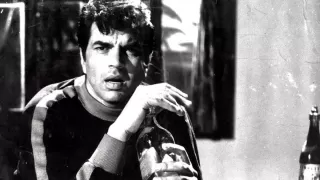When and How Did the Marathon Begin? Origin and History Explained: You've probably heard of the marathon race. In it, several participants run together, covering a certain distance to reach the finish point.
Have you ever wondered why this race is called a marathon and why its distance is so unusual? There's a very interesting story behind it, one that will surprise you.
What is the story of the marathon?
There's an interesting story behind the marathon's name. The marathon began before 490 AD. Marathon was a coastal plain in Greece where a battle took place between the Greek and Persian armies. A small Greek army defeated the Persian army. To announce this good news, a soldier named Pheidippides was sent to Greece. The total distance from Marathon to Athens was 40 kilometers, which Pheidippides ran.
During this time, Pheidippides even removed his armor and earrings. However, by the time he arrived, he was extremely exhausted and covered in blood. He uttered only one word: "Nainikamen," which in Greek means "we have won." Shortly after announcing his victory, Pheidippides died. This story later inspired the modern marathon.
Why is the marathon only 42.195 kilometers long?
Although there is no actual evidence of this story, when the modern Olympics began in 1896, a French scholar, Michel Bréal, proposed a race that paid tribute to the story. Olympic founder Pierre de Coubertin was impressed by the idea and adopted it, resulting in the first Olympic marathon in Athens. Inspired by the story of the marathon, the total distance of the event was set at 40 km. However, even then the distance was not fixed.
Depending on the road and terrain conditions in different locations, it varied from 38 km to another. Then came the London Olympics in 1908. Organizers wanted to make this race special for the royal family. Therefore, it was decided that the race would start from Windsor Castle and end at White City Stadium.



























